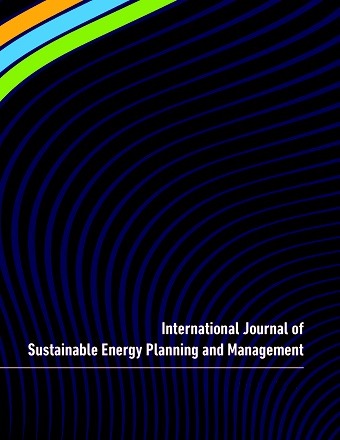Policy Framework for Iran to Attain 20% Share of Non-Fossil Fuel Power Plants in Iran’s Electricity Supply System by 2030
Main Article Content
Abstract
This paper presents a comprehensive model on the expansion of non-fossil technology to evaluate the impact of increasing their share in Iran’s electricity supply system. This analytical approach is based on system dynamics (SD), with an emphasis on the expansion of non-fossil fuels in the supply side of this model. Four emerging electricity generation technologies of solar photovoltaics, wind turbines, expansion turbines, and hydro power are considered in the model, and the effect of electricity price on increasing the motivation of the owners of non-fossil fuel power plants to guarantee their 20% share is examined. The Iranian government has set a target of a 20% share of non-fossil fuel electricity generation by 2030, whose main result is reducing GHG emissions to achieve the targets pledged under the Paris Climate Accord. Therefore, we developed four scenarios with different expansions of non-fossil technologies in Iran’s electricity system to investigate the goal, though various barriers exist that must be addressed through effective policies in order to facilitate the expansion of non-fossil fuel power plants in the electricity supply system. The findings demonstrate that electricity price must be determined based on the costs of non-fossil technologies, as well as based on fossil fuel prices which are low in the current energy supply system. In conclusion, the Paris Climate Accord criteria is achieved with a 20% growth of non-fossil fuels and increasing electricity price to 920 IRR/kWh in 2030.
Article Details
Articles published in International Journal of Sustainable Energy Planning and Management are following the license Creative Commons Attribution-NonCommercial-NoDerivs 3.0 Unported (CC BY-NC-ND 3.0)
Authors retain copyright and grant the journal right of first publication with the work simultaneously licensed under a Creative Commons Attribution License: Attribution - NonCommercial - NoDerivs (by-nc-nd). Further information about Creative Commons
Authors can archive post-print (final draft post-refereering) on personal websites or institutional repositories under these conditions:
- Publishers version cannot be stored elsewhere but on publishers homepage
- Published source must be acknowledged
- Must link to publisher version

